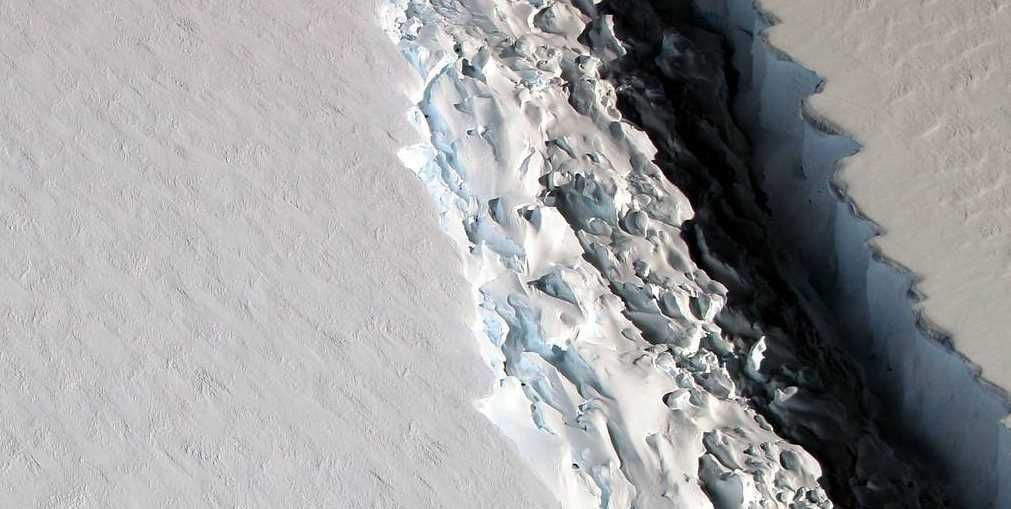A massive crack in an Antarctic glacier
The entire Larsen Shelf Glacier is about a quarter of the size of Poland. The glacier has been split into three fragments. Larsen A, it is the smallest part. It collapsed in 1995. Larsen B collapsed in 2002. Larsen C is the largest fragment and until recently appeared to be stable.
The crack is not new. Researchers have been watching it for a long time. The rift has been growing steadily since 2011, but its pace has gained momentum in recent years. During the last póThe fracture has grown by 22 kilometers. Scientists believe Larsen Glacier has existed since the end of the last glaciation, or in round numbers 12,000 years.
What is the cause of the crack in the Larsen C? Here there is no surprise. Rising ocean temperatures are responsible for everythingów. Shelf glaciers float to the surface of the water and are, in a way, an extension of glaciersóin the terrestrial. Warmer and warmer waters are slowly melting it from underneath, which causes it to first crack and then break off.
Larsen C decay will not raise the level of mórz and oceanóin, since shelf glaciers are in water anyway. A powerful góice floe. Scientists, however, see another threat. No glaciersóin shelf glaciers will accelerate the destruction of continental glaciersóin Antarctica. Shelf glaciers form a kind of barrier against the sea for those continental.
